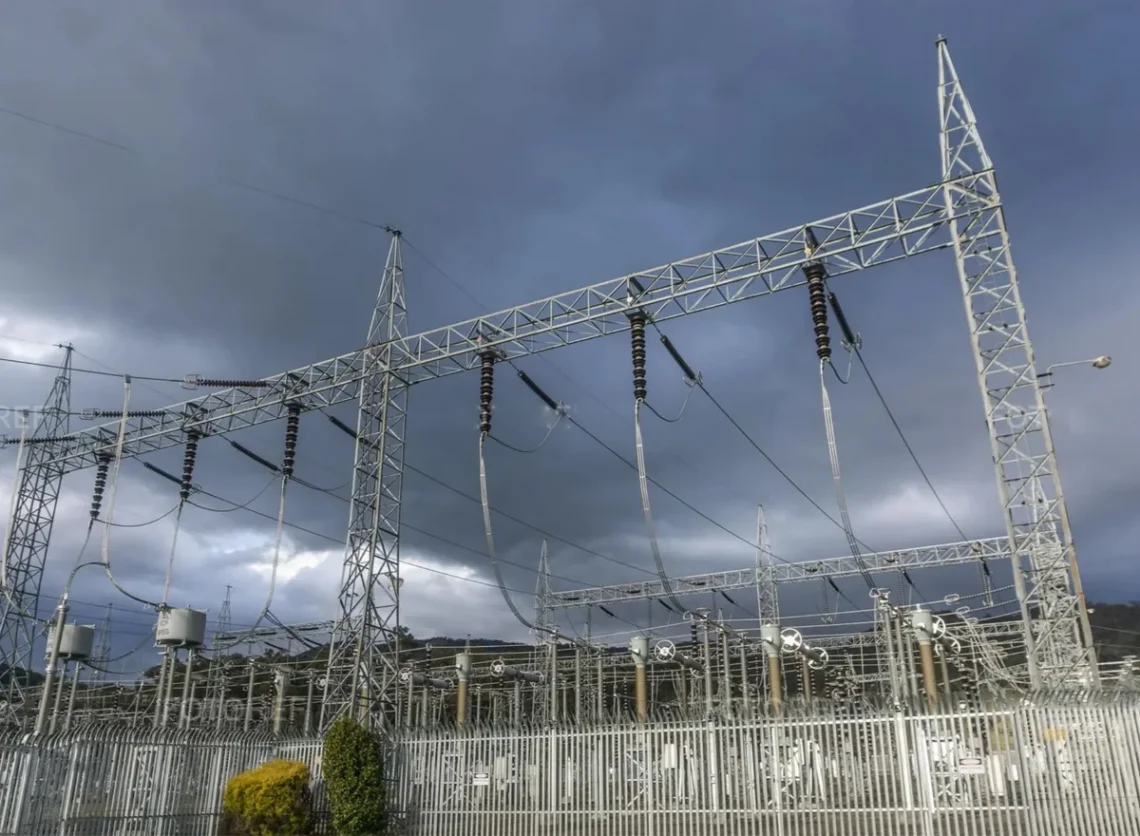Introduction to Vacuum Circuit Breaker
A Vacuum Circuit Breaker is one of the most advanced and reliable technologies used in modern electrical power systems. It plays a crucial role in ensuring safe interruption of current flow during faults or overloads. The main feature of a Vacuum circuit breaker is its ability to extinguish an electric arc within a vacuum environment. This process of arc extinction is what makes the device efficient, durable, and environmentally friendly.
Understanding the Role of Arc Extinction
When a circuit is interrupted, an electric arc forms between the contacts as they begin to separate. This arc must be extinguished immediately to prevent damage to the electrical system. In a Vacuum Circuit Breaker, arc extinction occurs in a high vacuum chamber, where the absence of gas molecules minimizes ionization. The vacuum environment enables the arc to be quickly diffused and deionized, restoring insulation between the contacts.
Construction of a Vacuum Circuit Breaker
A Vacuum Circuit Breaker consists of several essential components including a vacuum interrupter, operating mechanism, arc shield, contact system, and enclosure. The vacuum interrupter is the core component responsible for interrupting the current. The contacts are sealed inside a vacuum chamber made of high-strength ceramic or glass material. When the breaker operates, the contacts separate within this sealed environment, allowing the arc to form and extinguish rapidly.
Working Principle of Vacuum Circuit Breaker
The Vacuum Circuit Breaker operates on the principle of arc interruption in a vacuum medium. When a fault occurs, the breaker receives a trip signal that opens the contacts. As the contacts begin to separate, an arc forms due to the ionization of metal vapors. However, since the pressure inside the vacuum chamber is extremely low, the arc quickly collapses as electrons and ions recombine. This results in fast arc extinction, allowing the Vacuum Circuit Breaker to isolate the faulty section efficiently.
Arc Formation in Vacuum Circuit Breaker
During the opening of contacts in a Vacuum Circuit Breaker, a metal vapor arc forms due to the high current density at the contact surface. The arc plasma is composed mainly of metal ions from the contacts rather than gas ions, as in air or SF₆ breakers. This characteristic of the Vacuum Circuit Breaker makes the arc highly concentrated and easier to control. As the current decreases to zero, the arc extinguishes automatically because the metal vapors condense back onto the contact surfaces.
Mechanism of Arc Extinction
Arc extinction in a Vacuum Circuit Breaker occurs when the current passes through zero and the dielectric strength between the contacts recovers rapidly. The vacuum medium provides a fast recovery of dielectric strength due to the absence of ionized particles. The deionization process happens almost instantly, ensuring that the arc does not re-strike. This quick dielectric recovery is a key reason why the Vacuum Circuit Breaker is so effective and efficient.
Advantages of Vacuum Arc Extinction
The Vacuum Circuit Breaker offers multiple advantages over other types of breakers due to its unique arc extinction process. Firstly, the arc energy is very low, resulting in minimal contact erosion and longer service life. Secondly, there is no gas emission, making the Vacuum Circuit Breaker environmentally friendly. Thirdly, the fast arc extinction reduces switching surges, providing better protection for sensitive equipment. Lastly, the breaker operates silently and requires very little maintenance, making it ideal for indoor and medium-voltage applications.
Comparison with Other Circuit Breakers
Compared to air or oil circuit breakers, the Vacuum Circuit Breaker has superior arc extinction properties. In air circuit breakers, the arc is extinguished by air flow, which takes longer and causes more wear. In oil circuit breakers, the arc decomposes the insulating oil, which requires regular maintenance. However, in a Vacuum Circuit Breaker, the arc is extinguished within microseconds, with no need for gas or oil. This makes it safer, cleaner, and more reliable for modern power systems.
Factors Affecting Arc Extinction
The effectiveness of arc extinction in a Vacuum Circuit Breaker depends on several factors such as contact material, pressure level, and contact design. Contacts made of copper-chromium alloy are commonly used because they offer excellent arc resistance and low contact erosion. The vacuum pressure, usually in the range of 10⁻⁶ torr, ensures a near-perfect environment for arc extinction. Additionally, the contact shape influences how the arc moves and diffuses, further enhancing the breaker’s performance.
Applications of Vacuum Circuit Breaker
The Vacuum Circuit Breaker is widely used in medium-voltage distribution networks, industrial substations, and power plants. Its compact size, high reliability, and low maintenance requirements make it ideal for critical applications. Many utilities and industries prefer the Vacuum Circuit Breaker for switchgear systems, transformers, and feeder protection. It is especially suitable for indoor installations where space and environmental safety are important.
Maintenance and Reliability
One of the biggest advantages of the Vacuum Circuit Breaker is its minimal maintenance requirement. Since there is no gas or oil to replace, maintenance is limited to mechanical inspection and contact wear checks. The high reliability and long lifespan of the Vacuum Circuit Breaker make it cost-effective over time. The sealed vacuum interrupter ensures consistent performance even after thousands of operations.
Future of Vacuum Circuit Breaker Technology
As electrical systems evolve toward smarter and more sustainable networks, the Vacuum Circuit Breaker continues to advance. Innovations in contact materials, automation integration, and digital monitoring are enhancing the efficiency and intelligence of breakers. The Vacuum Circuit Breaker remains a cornerstone of safe and sustainable power distribution, aligning perfectly with modern energy standards.
Conclusion
The science behind Vacuum Circuit Breaker arc extinction lies in its ability to eliminate the arc within a high-vacuum environment. By leveraging rapid dielectric recovery and minimal ionization, the Vacuum Circuit Breaker ensures safe and efficient interruption of current flow. Its superior performance, low maintenance, and environmental benefits make it the preferred choice in today’s electrical systems. The Vacuum Circuit Breaker represents not only a technological advancement but also a sustainable solution for the future of power engineering.





